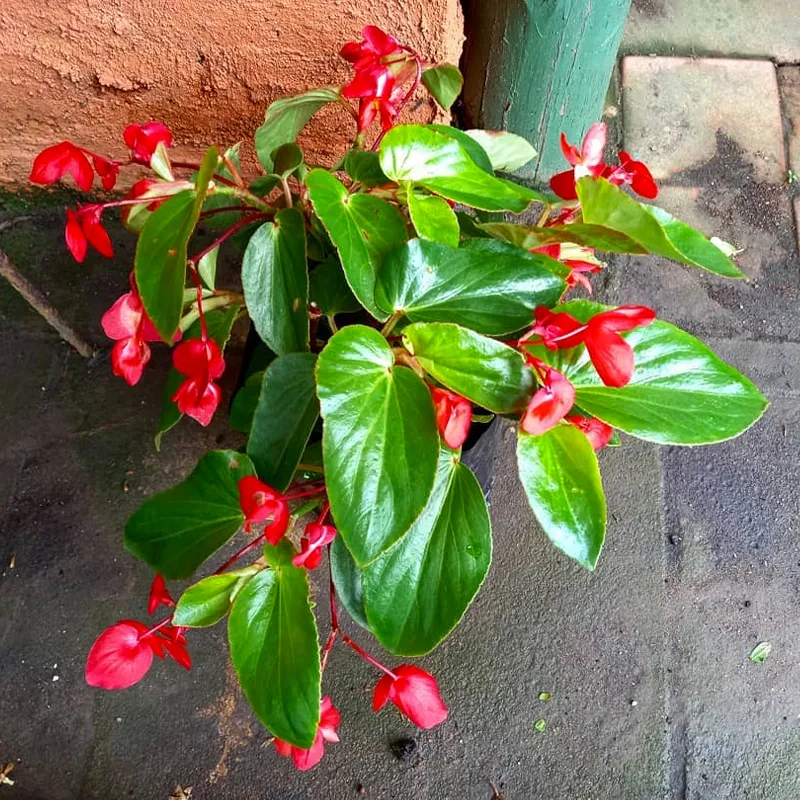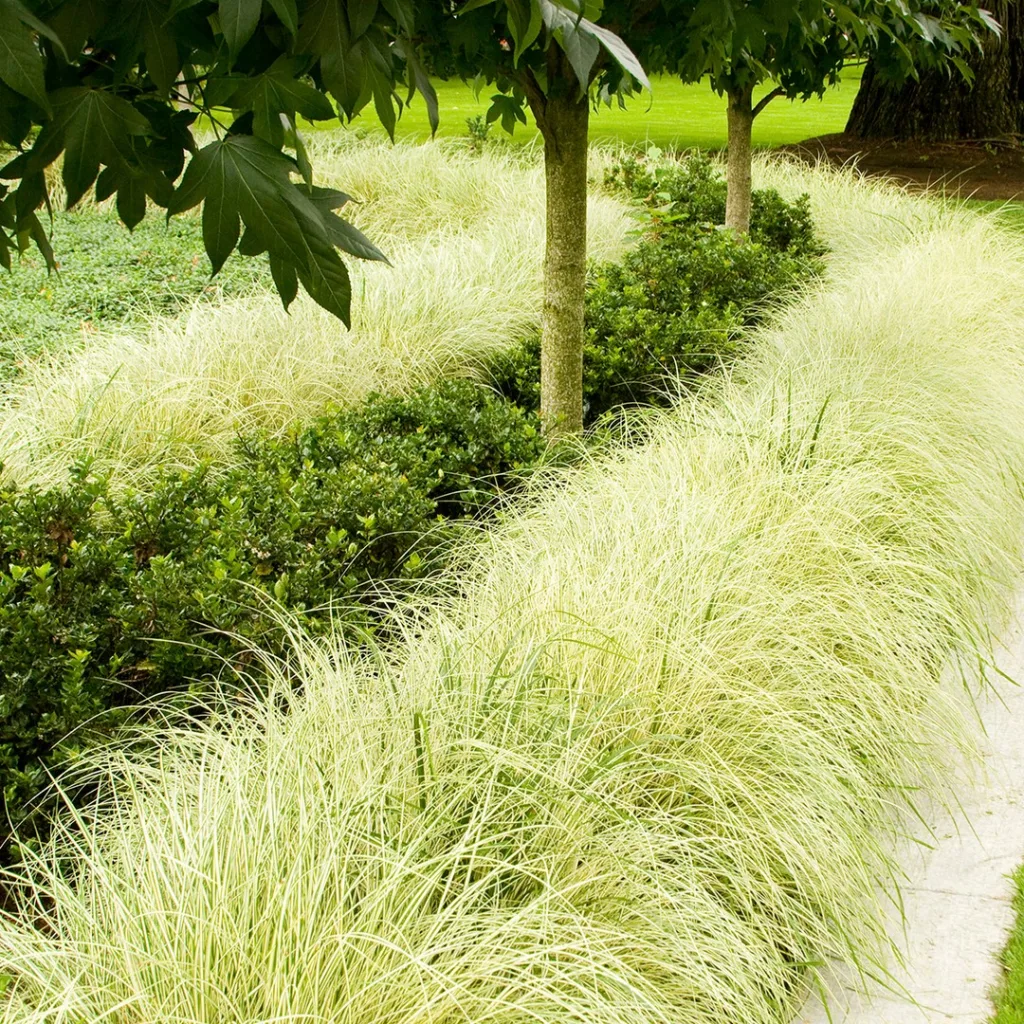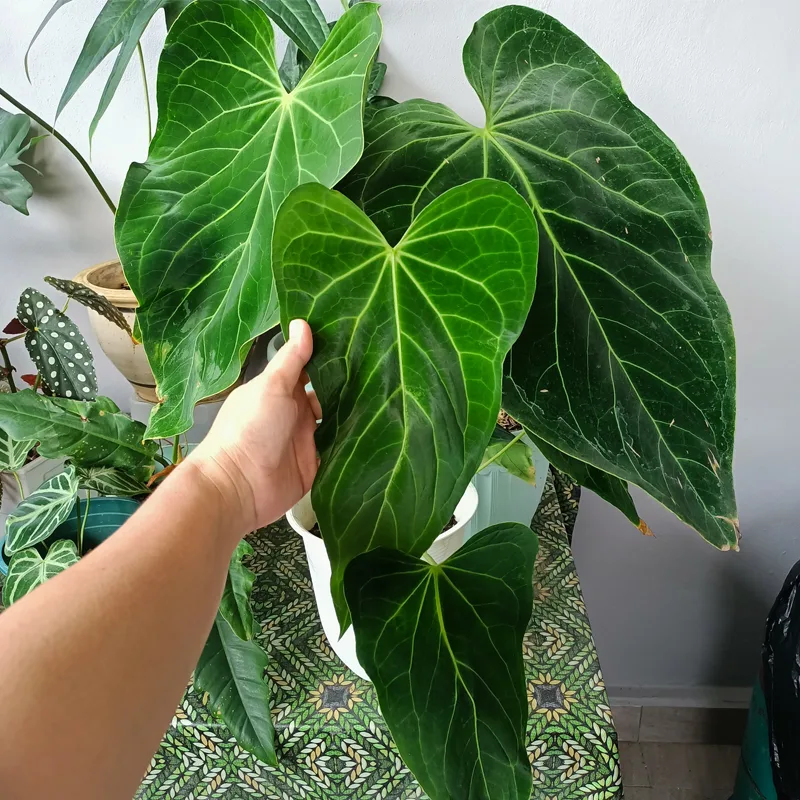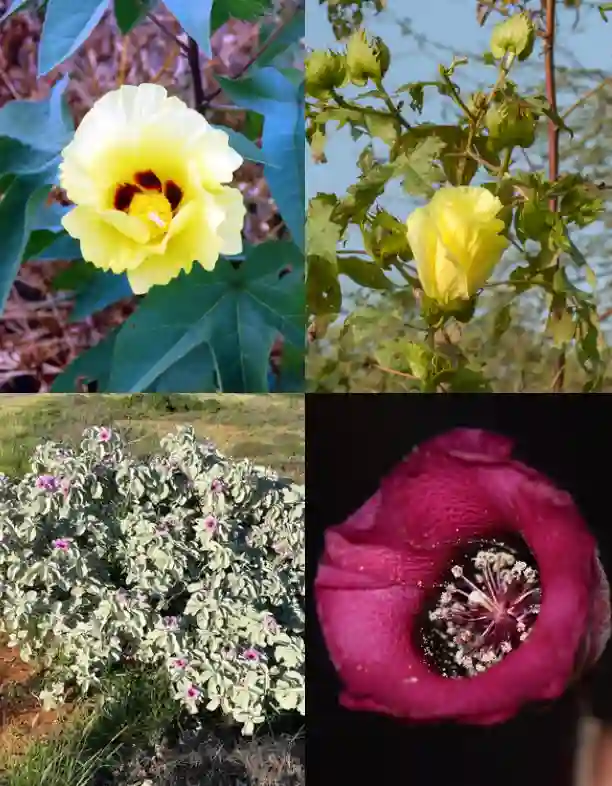Rhaphidophora Korthalsii: Unveiling the Secrets of This Shingling Beauty
Hey there, plant enthusiasts! Ferb Vu here, and today we’re diving deep into the captivating world of the Rhaphidophora Korthalsii. This Southeast Asian gem is a shingling aroid, meaning its leaves flatten against a support as it climbs. But its charm goes far beyond its unique growth habit.
105 Species in Genus Rhaphidophora
What is a Rhaphidophora Korthalsii?
The Rhaphidophora Korthalsii, sometimes called the Shingling Philodendron (though it’s not technically a Philodendron!), is a slow-growing but rewarding plant. As a juvenile, it boasts small, velvety, ovate leaves that can take on a beautiful bluish hue. But the real magic happens with maturity. The leaves transform, becoming larger and developing stunning fenestrations – those gorgeous splits and holes that add a touch of the dramatic.
Rhaphidophora Korthalsii vs Hayi
Having grown both Rhaphidophora Korthalsii and Rhaphidophora Hayi, I find the Korthalsii to be more rewarding with its larger, dramatic leaves, while the Hayi climbs beautifully but requires more attention to stay healthy.
Is Rhaphidophora Korthalsii easy to care for?
The Rhaphidophora Korthalsii can be a bit more challenging than your average houseplant. It thrives in bright, indirect light and prefers well-draining, moisture-retentive soil (think aroid mix). Don’t go overboard with watering – let the soil dry slightly between drinks. And remember, this tropical beauty enjoys a humid environment. Misting the leaves regularly or using a pebble tray can help maintain the ideal moisture level.
How does it compare to the Monstera Dubia?
The Rhaphidophora Korthalsii and the Monstera Dubia are often mistaken for each other. Both are shingling plants with velvety, green leaves. However, there are some key differences. The Dubia typically has smaller leaves with a more heart-shaped form, while the Korthalsii boasts larger, more elongated leaves. Additionally, the Dubia tends to be a bit easier to care for, making it a good choice for beginners.
What kind of support does it need?
As a climber, your Rhaphidophora Korthalsii craves something to cling to. You can provide a moss pole, a piece of driftwood, or even a trellis. Train the aerial roots to attach to the support as the plant grows. This not only encourages healthy growth but also adds a stunning vertical element to your indoor jungle.
How big can it get?
In its natural habitat, the Rhaphidophora Korthalsii can reach impressive heights, but indoors, it will likely stay more manageable. With proper care, it can climb several feet, rewarding you with a cascading display of mature, fenestrated leaves.
Is it toxic to pets?
Unfortunately, like many aroids, the Rhaphidophora Korthalsii is toxic to pets. If you have furry or feathered friends, keep this plant out of reach to avoid any potential problems.
Where can I find one?
The Rhaphidophora Korthalsii can be a bit trickier to find than some common houseplants. However, with a little searching, you might find it at a local plant nursery or online retailer specializing in rare plants. Be prepared for a slightly higher price tag compared to more readily available varieties.
Can you propagate the Rhaphidophora Korthalsii?
Yes, it can be propagated through stem cuttings. However, it’s a slower process compared to some other plants.
How often should I fertilize my Rhaphidophora Korthalsii?
A balanced, diluted fertilizer applied once a month during the growing season (spring and summer) should suffice.
What are some common pests and diseases to watch out for?
Like most aroids, mealybugs and fungal gnats can be occasional nuisances. Early detection and treatment with organic methods are key.
Can it survive in low light?
While it tolerates lower light than some plants, prolonged periods in dim conditions can hinder growth. Aim for bright, indirect light whenever possible.
Final Thoughts
The Rhaphidophora Korthalsii is a captivating plant with a unique personality. Its slow-growing nature might not be for everyone, but for those seeking a challenge and a truly special addition to their collection, it’s a true gem. With the right care and a little patience, you can witness this shingling beauty transform into a magnificent climber, gracing your home with its lush foliage and captivating presence.
If i die, water my plants!



